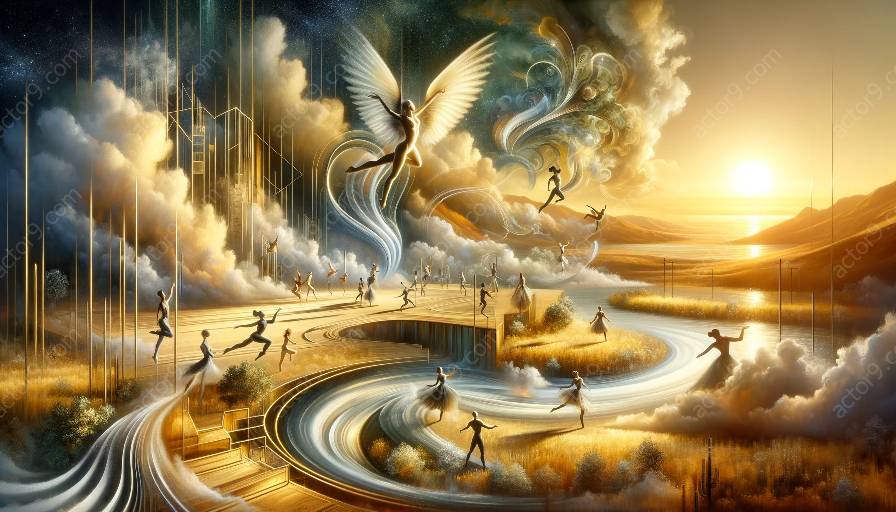Physical theatre and circus arts are two distinct performance genres that share common elements and techniques. While physical theatre focuses on the art of storytelling through bodily expressions, circus arts emphasize acrobatics and spectacle. This article explores the intersection of physical theatre and circus arts, delving into their similarities and differences and highlighting the impact of each art form on performance and storytelling.
Similarities
Both physical theatre and circus arts require performers to possess exceptional physical abilities and control over their bodies. They utilize movement, gestures, and expressions to convey emotions, narratives, and themes. Additionally, both forms emphasize the use of space, timing, and rhythm to engage audiences and create immersive experiences. Both physical theatre and circus arts also incorporate elements of risk and danger, often pushing performers to showcase daring feats and stunts that captivate and astonish spectators. Furthermore, both genres have a strong tradition of incorporating music, soundscapes, and visual elements to enhance the overall performance.
Differences
Despite their shared characteristics, physical theatre and circus arts diverge in their primary focus and artistic expression. Physical theatre places a strong emphasis on narrative-driven performances, using the body as a primary tool for storytelling and emotional expression. Performers in physical theatre often engage in character development, theatrical dialogue, and non-verbal communication to convey complex narratives and evoke powerful emotions.
On the other hand, circus arts prioritize physical skills and awe-inspiring feats, with performances centered around acrobatics, contortion, aerial acts, and other gravity-defying disciplines. The emphasis on technical precision and physical prowess sets circus arts apart from the narrative-driven approach of physical theatre. While physical theatre seeks to evoke deep emotional responses and intellectual engagement, circus arts aim to dazzle and amaze through extraordinary physical displays.
Intersection of Physical Theatre and Circus Arts
The intersection of physical theatre and circus arts offers a fertile ground for artistic exploration and innovation. This convergence has led to the emergence of hybrid performances that blend elements of both genres, creating visually stunning, emotionally charged spectacles that challenge traditional storytelling boundaries. Artists and companies have increasingly embraced the synergy between physical theatre and circus arts, incorporating elements of physical storytelling, character development, and thematic depth into circus performances, while infusing theatrical techniques, narrative structure, and emotional depth into physical theatre productions.
Furthermore, the intersection of physical theatre and circus arts has influenced the development of new forms of interdisciplinary performance, such as aerial theatre, acrobatic storytelling, and physical narrative-driven circus. These hybrid art forms harness the compelling physicality of circus arts and the evocative storytelling of physical theatre, offering audiences immersive experiences that transcend the boundaries of traditional performance genres.
The Impact on Performance and Storytelling
By exploring the intersection of physical theatre and circus arts, performers and creators have expanded the possibilities of live performance, enriching the artistic landscape with innovative approaches to storytelling and expression. The fusion of physical theatre and circus arts challenges artists to push the boundaries of their creativity, inviting them to explore new ways of combining physicality, narrative, and spectacle to engage and captivate audiences.
Moreover, this intersection has contributed to the development of a more inclusive and diverse performing arts community, where artists from a range of disciplines collaborate and cross-pollinate their skills, creating hybrid works that celebrate the synergy of physicality and storytelling.




































